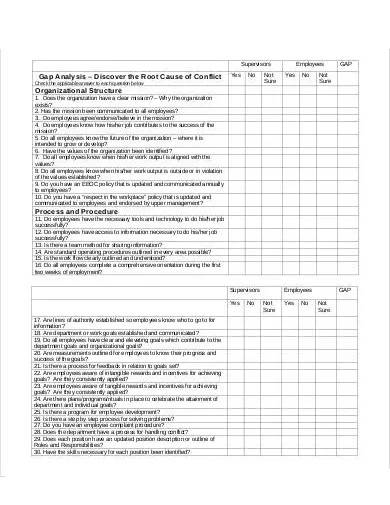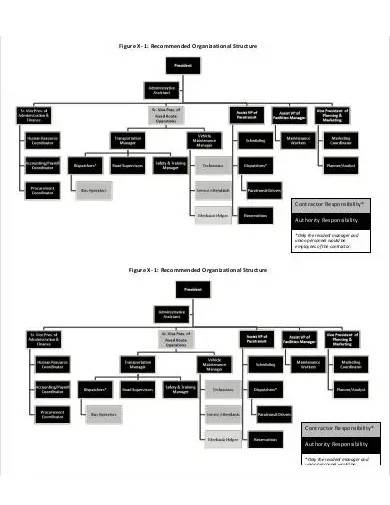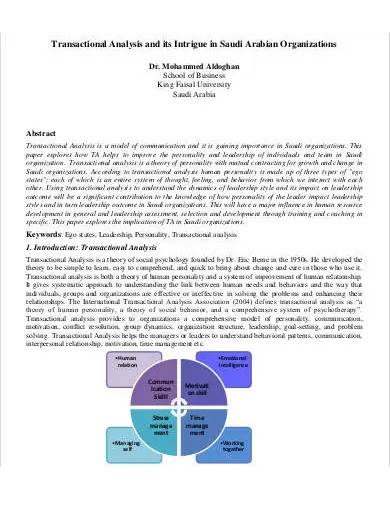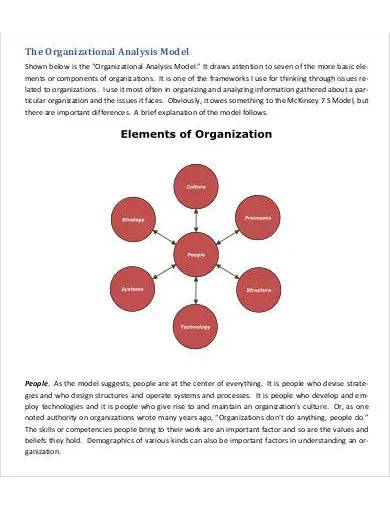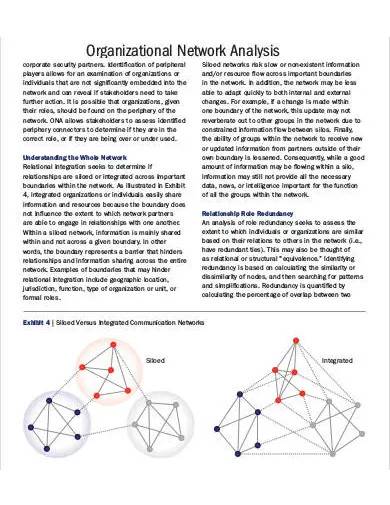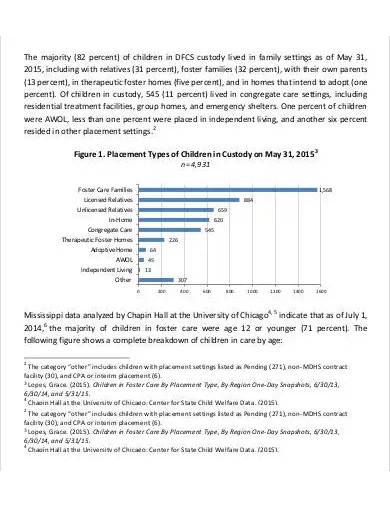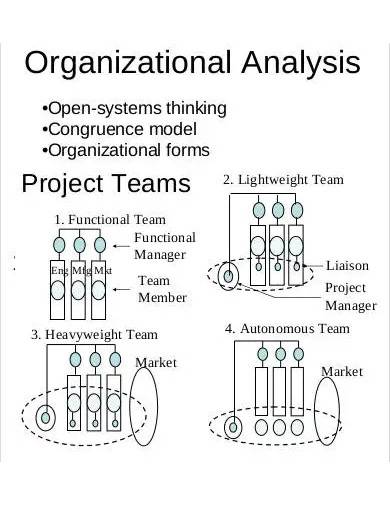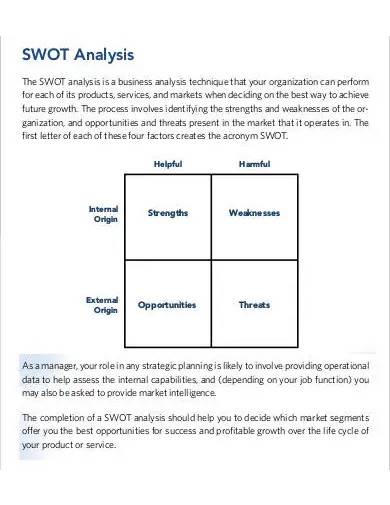Currently, any business operations and structure have their downfalls. Chances are lapses in various areas and fields concerning performance and productivity need assessment. But how will your management take all of these responsibilities? This article covers appropriate steps and shares our downloadable organizational analysis template for you to get started. Keep scrolling.
1. Organizational Analysis Template
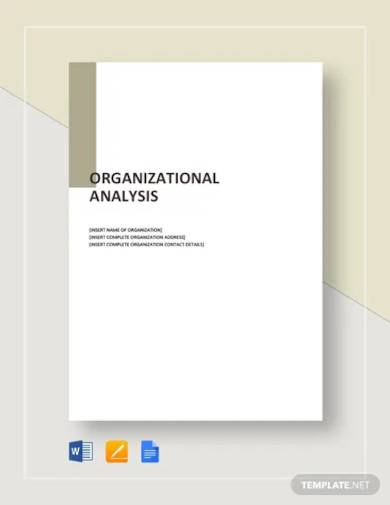
2. Sample Organizational Gap Analysis
3. Sample Organizational Impact Analysis
4. Organizational Structure Analysis
5. Organizational Development Analysis
6. Organizational Transactional Analysis
7. Organizational Analysis Model Template
8. Organizational Network Analysis Sample
9. Basic Organisational Analysis Template
10. Organizational Analysis Sample
11. Organizational Swot Analysis
What Is an Organizational Analysis?
With the established goals and objectives therein, an organizational analysis enables the top management to determine flaws and weak points that cause inefficiencies. Its functional indicator allowing what strategic approaches that, if implemented, lead growth and development. This process outlines reports, activities, and restructuring of less effective methods. In this analysis, data are gathered to come up with conclusions deriving to formulate effective solutions. This results in important findings that can help speakers, writers, content creators, and marketers understand their crowd and develop topics and strategies that effectively appeal to them. According to Medium, the benefits of knowing your audience includes knowing how and where to spend your time and resources, increasing your competence in the field, and allowing you to create better promotional ideas and advertising plans.
What is SWOT Analysis?
In business, analyzing goals and objectives lets management conduct research inside and outside the organization. It involves SWOT Analysis that targets four areas: Strengths, Weaknesses, Opportunities, and Threats. This process is vital to gain market awareness and additional strategies useful in coping up with competitors.
What are the Internal and External Factors?
Remember the four areas of swot analysis? It is indeed a useful evaluation tool for the top management on assessing strategic plans and the current business level. With that said, what are the internal and external factors that indicate growth in respective markets? Inside the company, human resources exert an effort to follow marketing plans that apply to customers and target audiences. However, physical resources, financial resources, and operational processes impact how proper utilization transforms profitable results. These are the internal factors that influence strengths advancement that, if misemployed, turns into a weakness. What about outside the organization? With the presence of competition, external factors include economic trends, partnerships, and demographics. These are uncontrollable areas considering threats from competitors’ standing and open opportunities when awareness from research picks.
How to Develop an Organizational Analysis
Developing an operative organizational analysis lets the administration evaluate the cause and effect on how a personnel inmost work environment functions as an organization. It also guides how leadership takes the most of its effort arriving resolutions. How to get started? Here are the following steps that are suitable after downloading the template of your choice with the most recommended above:
1. Reidentify Goals and Objectives
With reidentifying goals and objectives, it gives direction and clearer views on how an organization functions. Looking back on what the organization aspires to achieve defines the operations and effectiveness of the implemented methods.
2. Gather Data
Gathering data based on performance and factors affecting the challenges an organization face helps define the strengths and weaknesses of possible solutions that aid the problems.
3. Determine External Factors
Knowing who are your competitors and customers, including economic status, can give awareness of the factors that impact organizational performance. With that on the list, opportunities and threats will easily be realized. Inside the company, human resources exert an effort to follow marketing plans that apply to customers and target audiences. However, physical resources, financial resources, and operational processes impact how proper utilization transforms profitable results. These are the internal factors that influence strengths advancement that, if misemployed, turns into a weakness. What about outside the organization? With the presence of competition, external factors include economic trends, partnerships, and demographics. These are uncontrollable areas considering threats from competitors’ standing and open opportunities when awareness from research picks.
4. Come Up With an Outline
With the identified factors, putting your analysis into an outline lets you assess an organization with convenience. Why not? When you are done brainstorming, organizational analysis templates can help you create a great output and an organized layout like the samples we recommend above. Just fill in the required information. If everything looks good, don’t forget to save a copy. Well done! You can now refer to your outlined discussion and start earning customers.
What is a competitive situation?
A competitive situation is the standing of businesses’ competitors in the market. It includes a product range, quality, marketing strategies, resources, and similar intentions.
[/ns_row]
What makes a product successful?
A product is successful if it meets the needs of the customers. They have different preferences and tastes. Some standards are expected from a product. That is the quality that comes with a value. Meeting customers’ expectations can impact great satisfaction. The product will also be successful if the promotion works well and reaches the branch’s desired market.
How do you increase sales?
You increase sales by focusing on your customers and learning more about your competitors. Studying competitors’ techniques provides an idea of how they handle their business. Next is to build connections with your customers, value them, and empathize with them. Staying consistent with marketing and sales promotion strategies is an advantage too.
What are sales tactics?
Sales tactics are the way products or services are promoted by any means of action, such as social media advertising and website blogging. Tactics are formulated to increase sales and test new strategies if it is successful. Also, sales tactics can convert to more customer engagement.
Related Posts
FREE 10+ Value Chain Analysis Samples in MS Word | Google Docs | Apple Pages | PDF
FREE 10+ Turnover Ratio Analysis Samples and Templates in PDF
FREE 10+ Soar Analysis Samples in PDF
FREE 10+ Rhetorical Analysis Samples in PDF
FREE 10+ Analysis of Alternatives Samples in PDF
FREE 10+ Failure Mode and Effects Analysis Samples in PDF
FREE 10+ Make or Buy Analysis Samples in PDF
FREE 10+ Fishbone Root Cause Analysis Samples in PDF
FREE 11+ Cost Volume Profit Analysis Samples & Templates in PDF | MS Word
FREE 6+ Corporate Portfolio Analysis Samples in PDF
FREE 10+ Fault Tree Analysis Samples in PDF
FREE 10+ Comp Analysis Samples in PDF
FREE 10+ Fishbone Analysis Samples in PDF
FREE 10+ Individual Swot Analysis Samples in PDF
FREE 10+ 5 Year Analysis Samples in PDF

